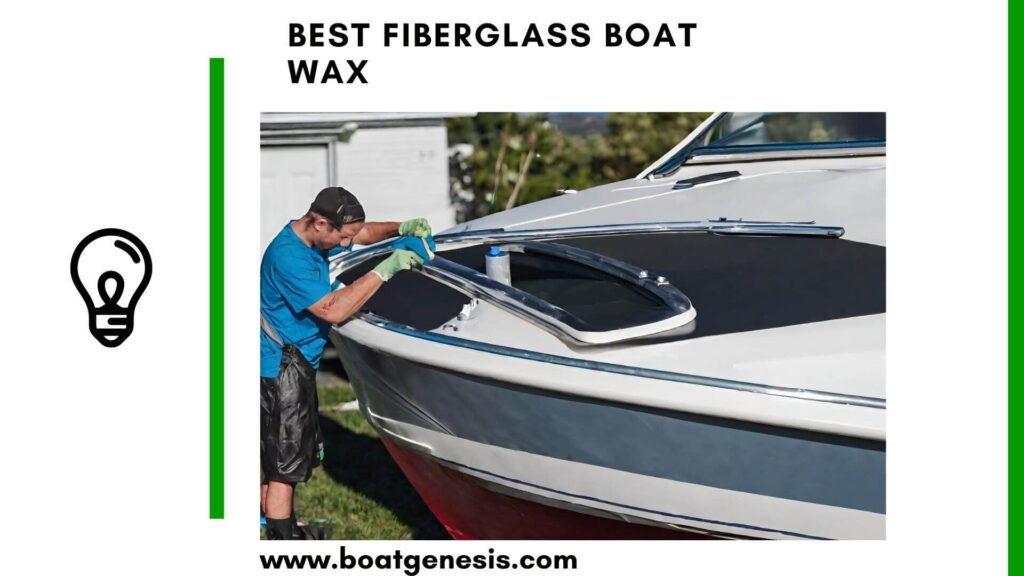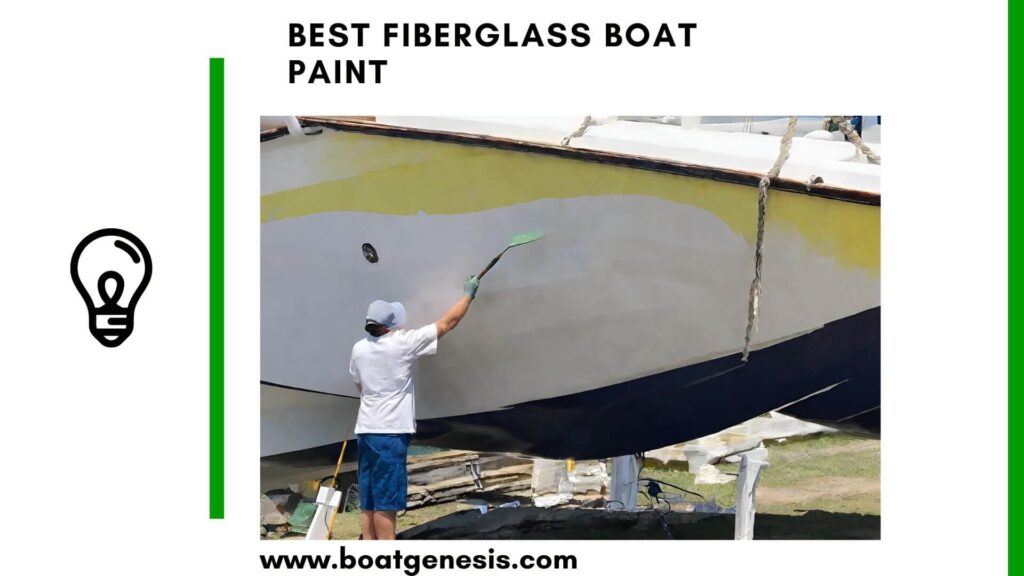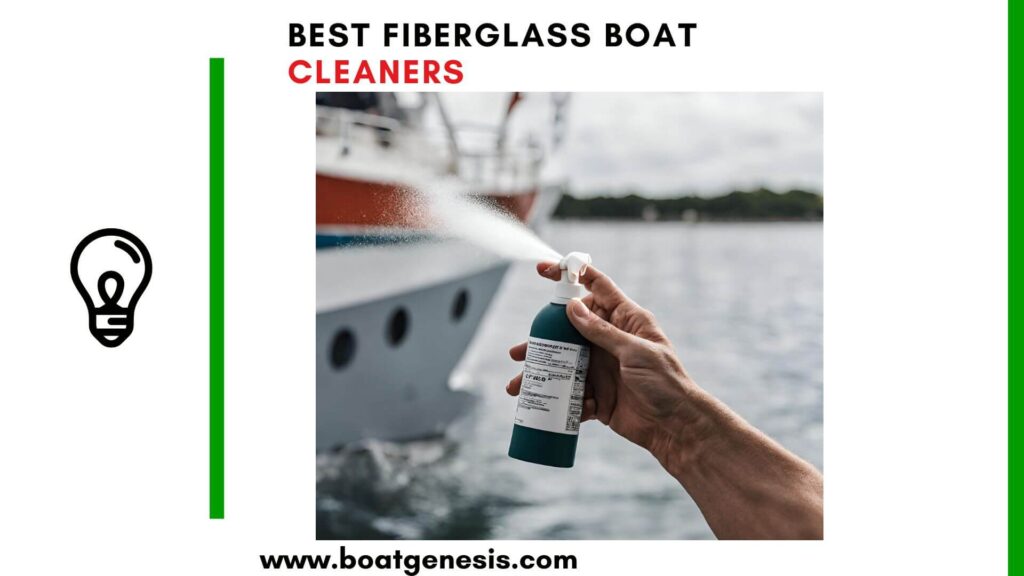Fiberglass is a popular material choice for boat construction due to its strength, durability, and resistance to water.
However, like any other material, fiberglass boats can be affected by various environmental factors that can lead to long-term damage if not properly addressed and prevented.
In this article, we will discuss the impact of sunlight and UV rays, corrosion from saltwater, and varying water pH levels on fiberglass boats, as well as provide tips on preserving and protecting them from these environmental threats.
Effects of Environmental Factors on Fiberglass Boats
1. Impact of Sunlight and UV Rays on Fiberglass Boat Deterioration
Like our own skin, continuous UV ray exposure can have a damaging and aging effect on fiberglass over time.
The sun’s ultraviolet radiation causes the resin within the fiberglass to slowly start breaking down, becoming more brittle and chalky on the surface. This surface degradation not only affects appearance but the integrity of the material as a whole.
Simple preventative measures like avoiding storage in direct sunlight, using UV-reflective covers, and applying wax or UV-blocking surface treatments can significantly reduce sun exposure effects.
2. Corrosion Caused by Saltwater and How to Prevent It
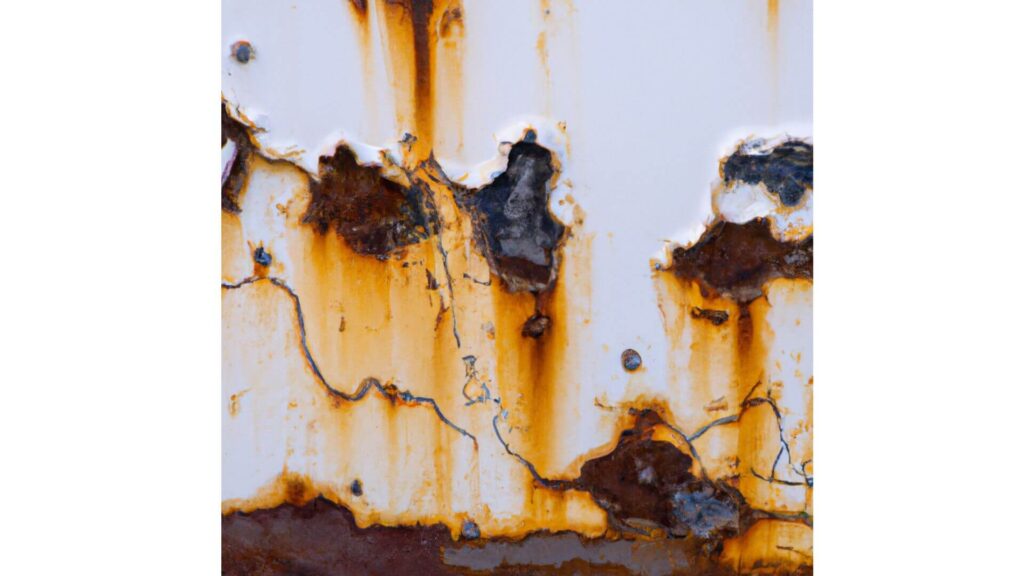
Saltwater can have a corrosive effect on the components of a fiberglass boat, particularly metal parts such as fittings, screws, and propellers. The salt in the water can trigger a chemical reaction that leads to oxidation and rusting, compromising the structural integrity and performance of the boat.
To prevent corrosion caused by saltwater, it is crucial to rinse the boat thoroughly with freshwater after each use, paying special attention to areas exposed to saltwater such as the hull and metal parts.
This helps to remove any salt residue that may have accumulated and reduces the risk of corrosion. It is also recommended to apply a marine-grade corrosion inhibitor to metal components, forming a protective barrier against saltwater and preventing oxidation.
3. Effects of Varying Water pH Levels on Fiberglass Boat Surfaces
Another environmental factor that can have an impact on fiberglass boats is varying water pH levels. Acidic or alkaline water can react with the gel coat, potentially causing discoloration, fading, or even delamination of the fiberglass layers.
It is essential to be mindful of the water quality in which the boat is used and take appropriate measures to prevent damage.
To protect fiberglass boats from the effects of varying water pH levels, it is advisable to regularly test the water and adjust its pH if necessary. This can be achieved by using appropriate water treatment products or consulting with a marine professional.
Additionally, thoroughly rinsing the boat with freshwater after each use helps to remove any residues that may have come into contact with the gel coat and prevents potential damage.
4. Osmotic Blistering
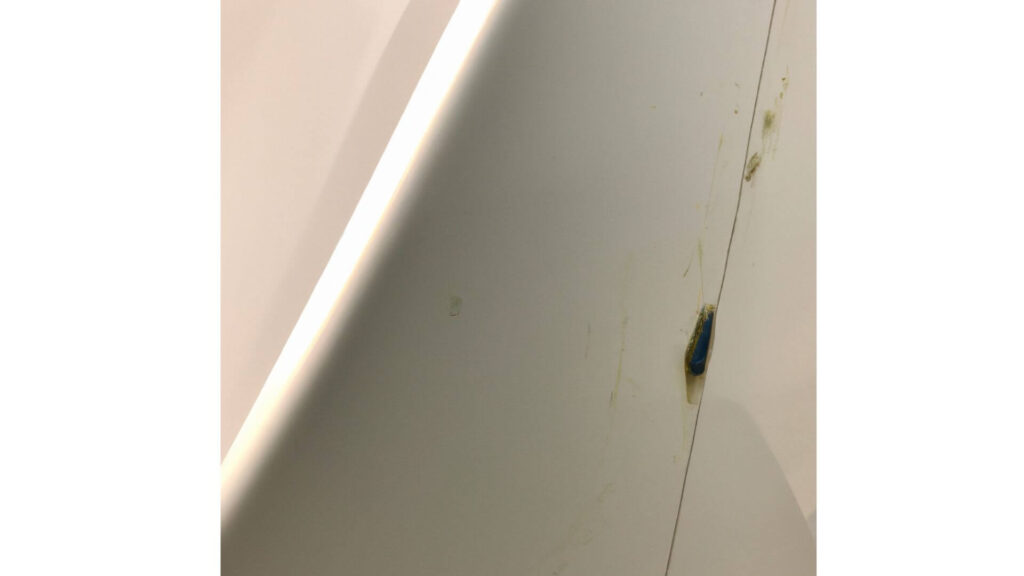
Water penetration into the fiberglass laminate over time can also lead to blister formation underneath the gelcoat and resin layers.
These fluid-filled pockets have an expansive force known as osmotic pressure which then tries to push outward, deforming the surface with blisters or bubbles in the gelcoat.
Keeping the fiberglass properly sealed and managing any cracks or damage sites early on helps minimize water incursion and osmotic problems down the road.
Regular maintenance also helps identify problem areas before they spread.
==>> How to check a fiberglass boat for leaks?
Tips for Preserving and Protecting Fiberglass Boats from Environmental Damage
1. Regular Cleaning and Maintenance: A simple yet effective way to preserve your fiberglass boat is to establish a regular cleaning routine. Use a mild, non-abrasive boat soap and a soft brush to remove dirt, grime, and salt residue from the surface. Avoid using harsh cleaners or abrasive materials that can cause scratches or damage to the gel coat. Regular waxing with a high-quality marine wax will provide an added layer of protection and help maintain the boat’s glossy finish.
==>> See my recommended best fiberglass boat cleaners here!
2. Protection against UV Rays: The sun’s ultraviolet (UV) rays can cause significant damage to the gel coat of a fiberglass boat over time. Prolonged exposure to UV rays can lead to discoloration, fading, and the breakdown of the resin matrix. To protect your boat from UV damage, store it in a covered area or use a boat cover when it is not in use. Applying a UV protectant or using a boat wax with UV inhibitors can also help minimize the impact of the sun’s rays.
3. Preventing Moisture Accumulation: Moisture can seep into the core of a fiberglass boat, leading to delamination and weakening of the structure. Ensure that all fittings, hatches, and seals are in proper working condition to prevent water intrusion. Use marine-grade sealants and adhesives to repair any areas where water may enter. Additionally, maintain proper ventilation in storage areas to minimize the risk of moisture accumulation.
4. Guarding against Saltwater Corrosion: If you frequently boat in saltwater environments, it is crucial to take additional precautions to protect your fiberglass boat from corrosion. Rinse the boat with freshwater after each saltwater excursion to remove salt deposits. Pay special attention to areas where metal components come into contact with the fiberglass, as these are particularly vulnerable to corrosion. Applying a corrosion-resistant coating to these metal parts can provide added protection.
5. Avoiding Extreme Temperature Fluctuations: Rapid and extreme temperature fluctuations can cause the fiberglass to expand and contract, leading to stress cracks and other structural issues. Whenever possible, store your boat in a temperature-controlled environment to minimize these temperature fluctuations. If you must store your boat outdoors, use a boat cover to shield it from direct sunlight and extreme weather conditions.
Conclusion
With its strength, durability and relative stability in the marine climate, fiberglass makes an ideal boat construction material.
But it can still be vulnerable to long-term issues from sun exposure, water damage and staining.
Taking some key preventative measures and avoiding neglect will keep any well-built fiberglass watercraft looking and performing beautifully for decades on the water.
Consistent care truly makes the difference between more gradual wear versus potentially rapid aesthetic and structural decline.


